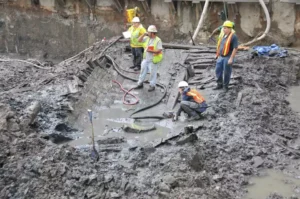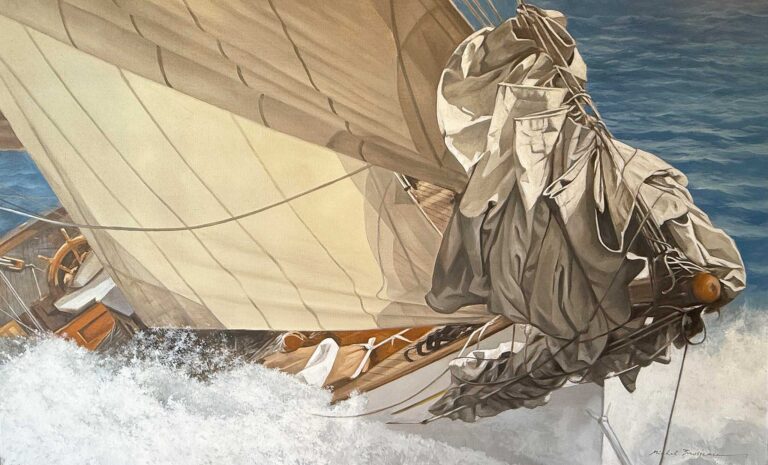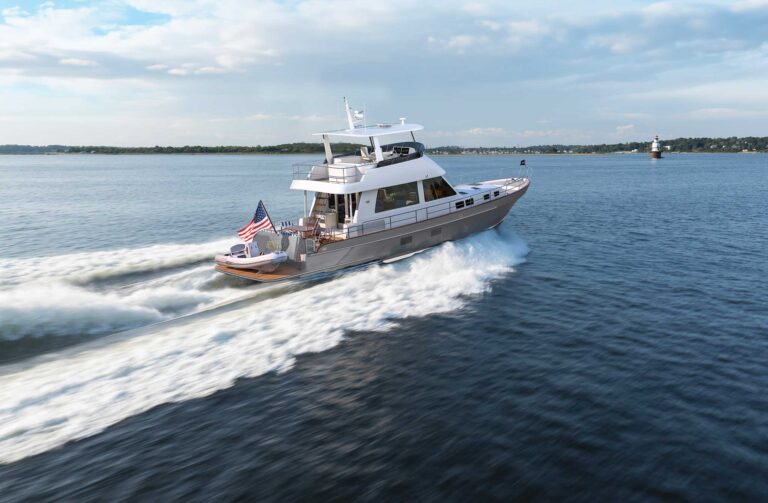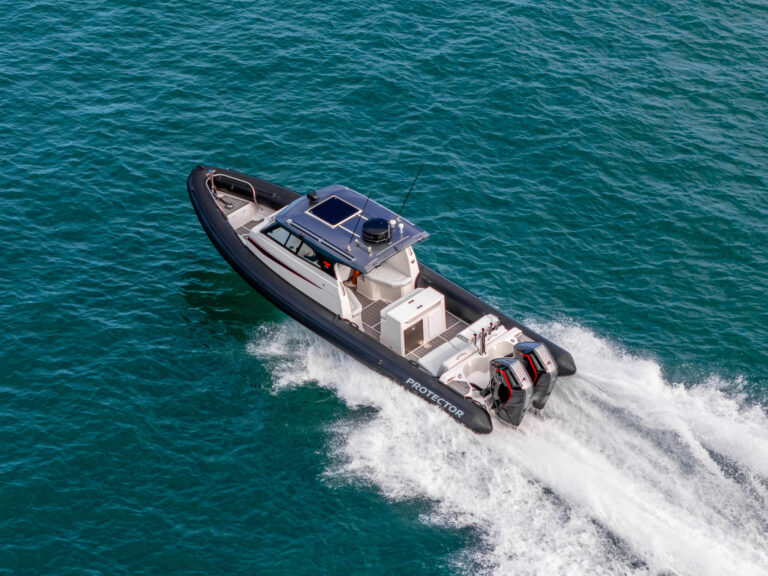After more than two years as a wrecked hulk of an eyesore on the scenic coast of an Italian island, the infamous cruise liner Costa Concordia was refloated on Monday.
“It’s a paramount engineering attempt not just for Italy, but for the whole world,” said Emilio Campana, director of the research office for naval and maritime engineering at Italy’s National Research Council, in a report by The New York Times. “The first risk is that the vessel breaks apart as they lift it. Its structure is damaged and warped. It’s impossible to calculate exactly how it will react.”
Authorities said Monday that the first phase of the undertaking was successful and that the ship was afloat for the first time since it hit a reef and capsized 30 months ago in early 2012, taking 32 lives and setting the stage for an operation unparalleled in the annals of marine salvage.
The wreck was lifted about seven feet using a pneumatic system, detaching the hull from a platform built nearly 100 feet underwater. The ship has been resting there since September, when engineers managed to right it in a 19-hour parbuckling operation.
Nick Sloane, senior salvage master for Titan Salvage, the American company in charge of the operation, said Monday that he was relieved the weather was cooperating after a night of light rain.
“Nervous? A little,” Sloane said to reporters on Giglio, according to the Italian news agency ANSA.
During the last few months, the cost of the removal has swollen from the $300 million initially budgeted to more than $1 billion.
The ship’s captain, Francesco Schettino, is facing trial on multiple charges of manslaughter, causing a shipwreck and abandoning the vessel before everyone had disembarked. Hundreds of witnesses have given court testimony in recent months.











